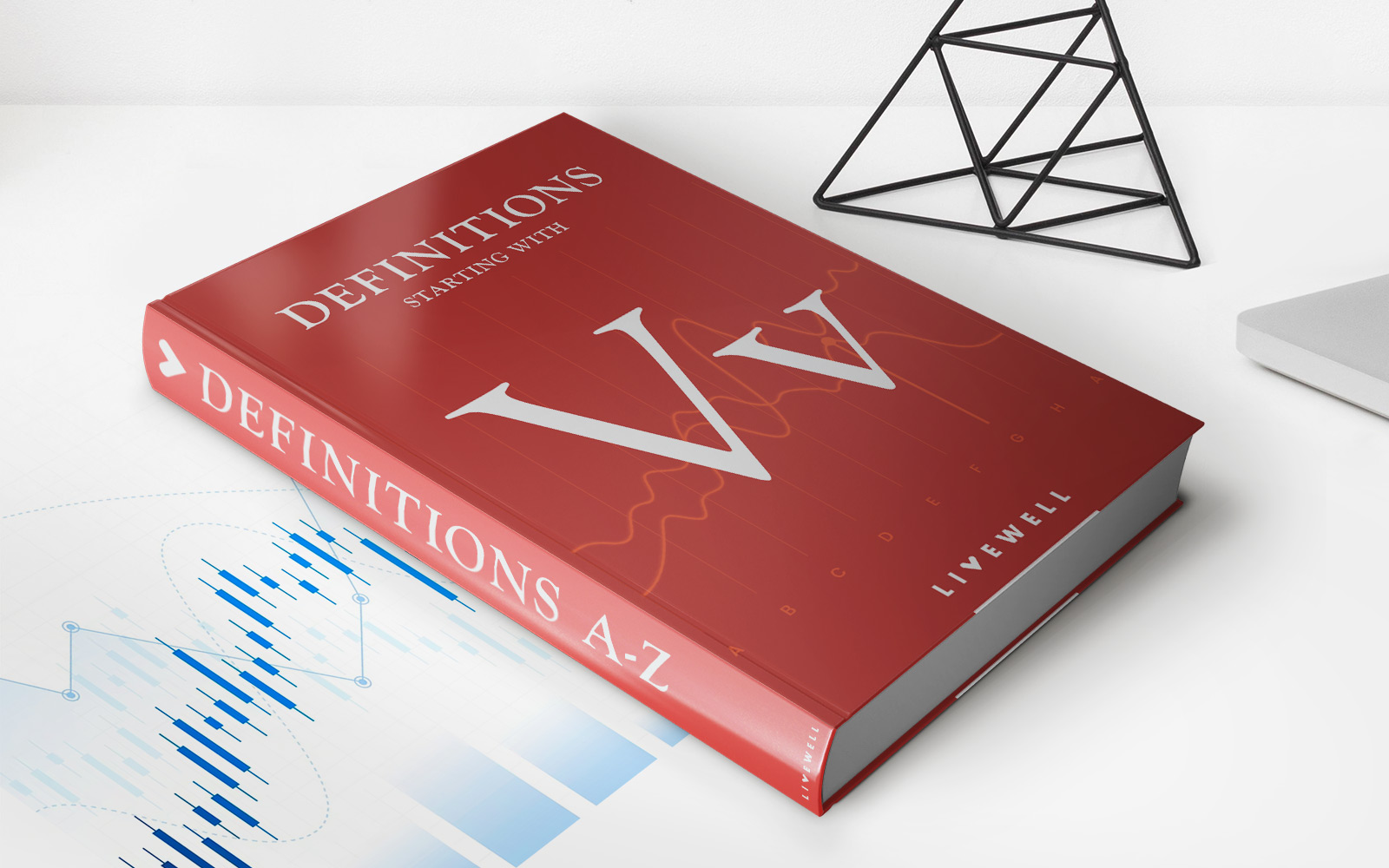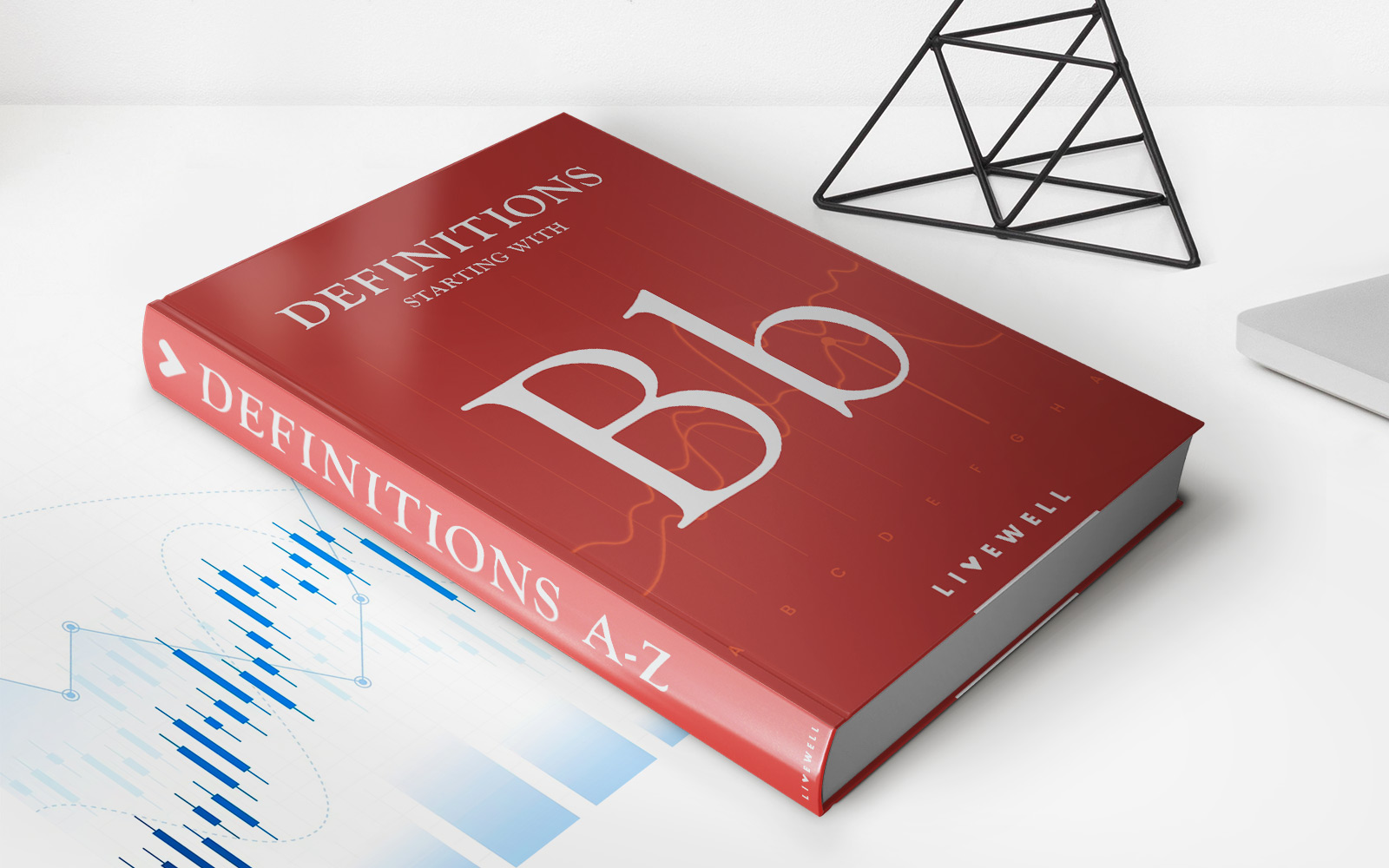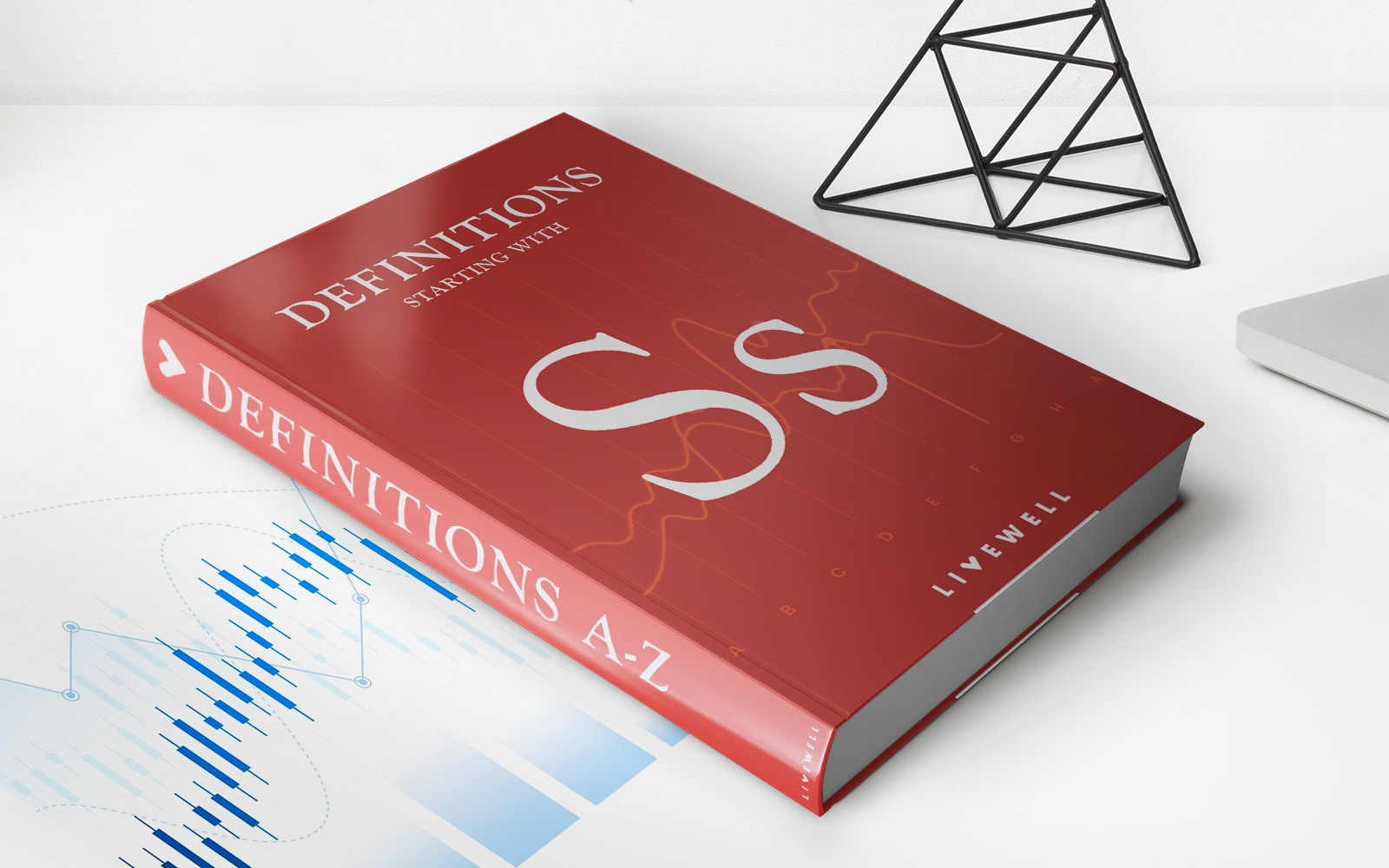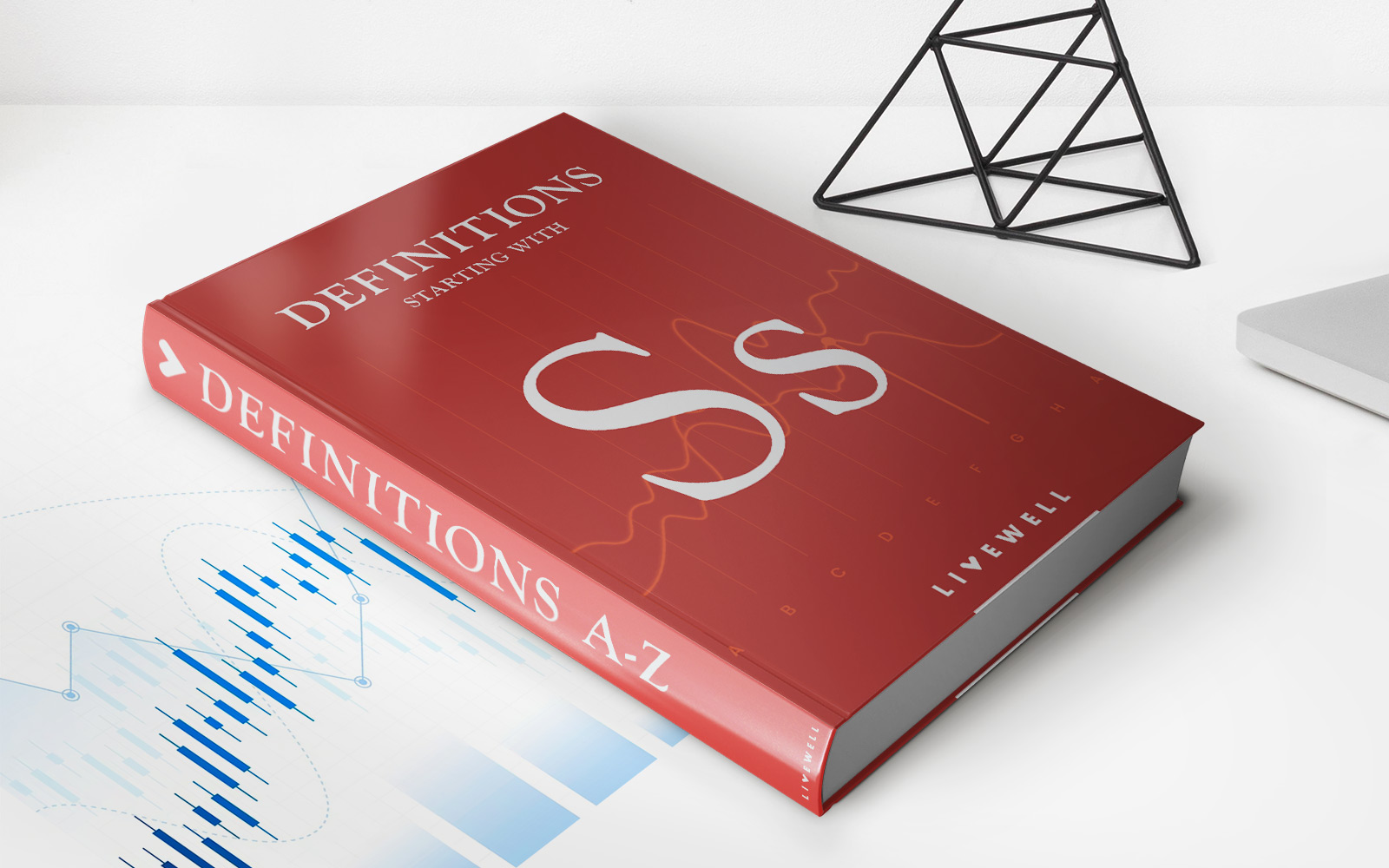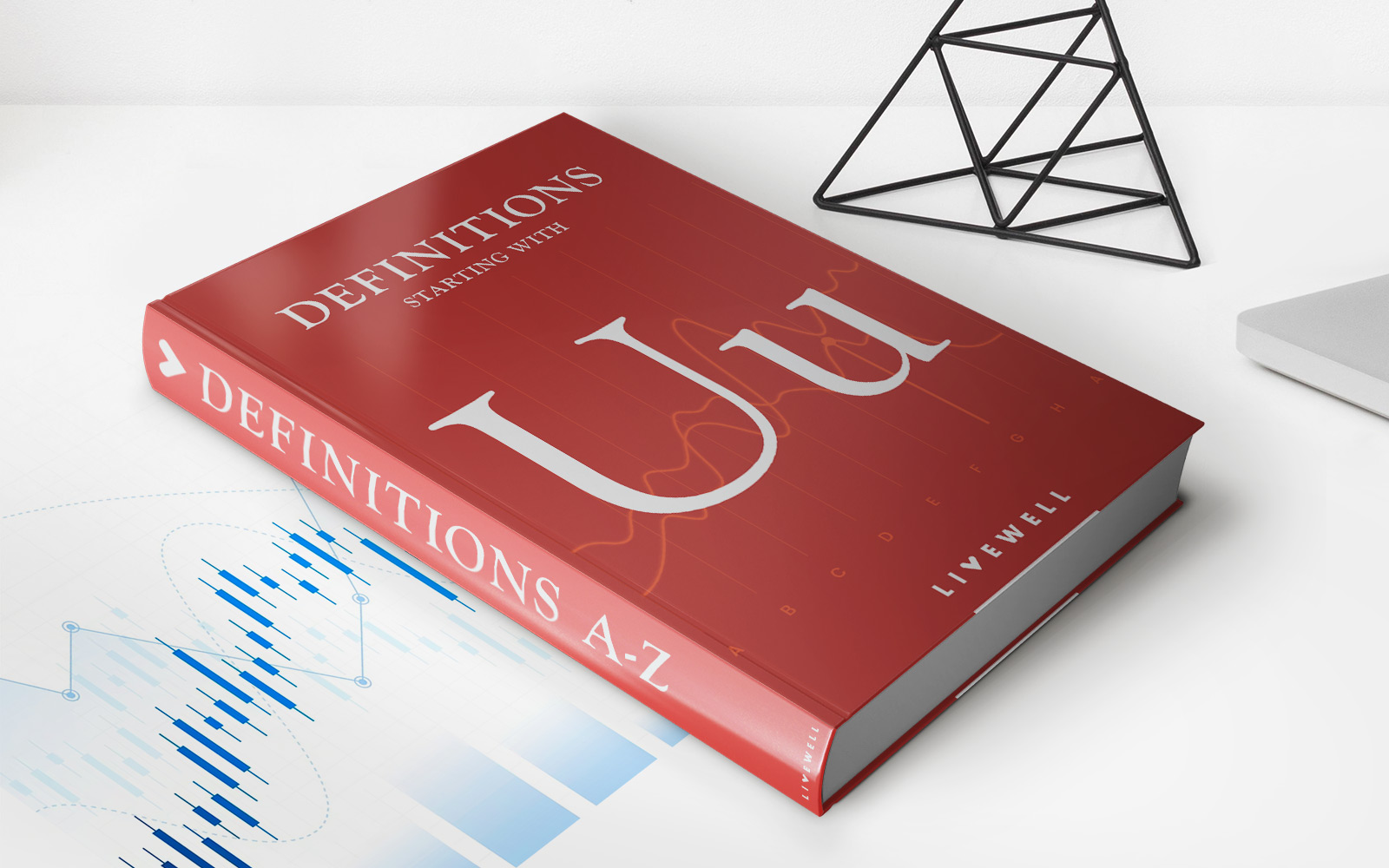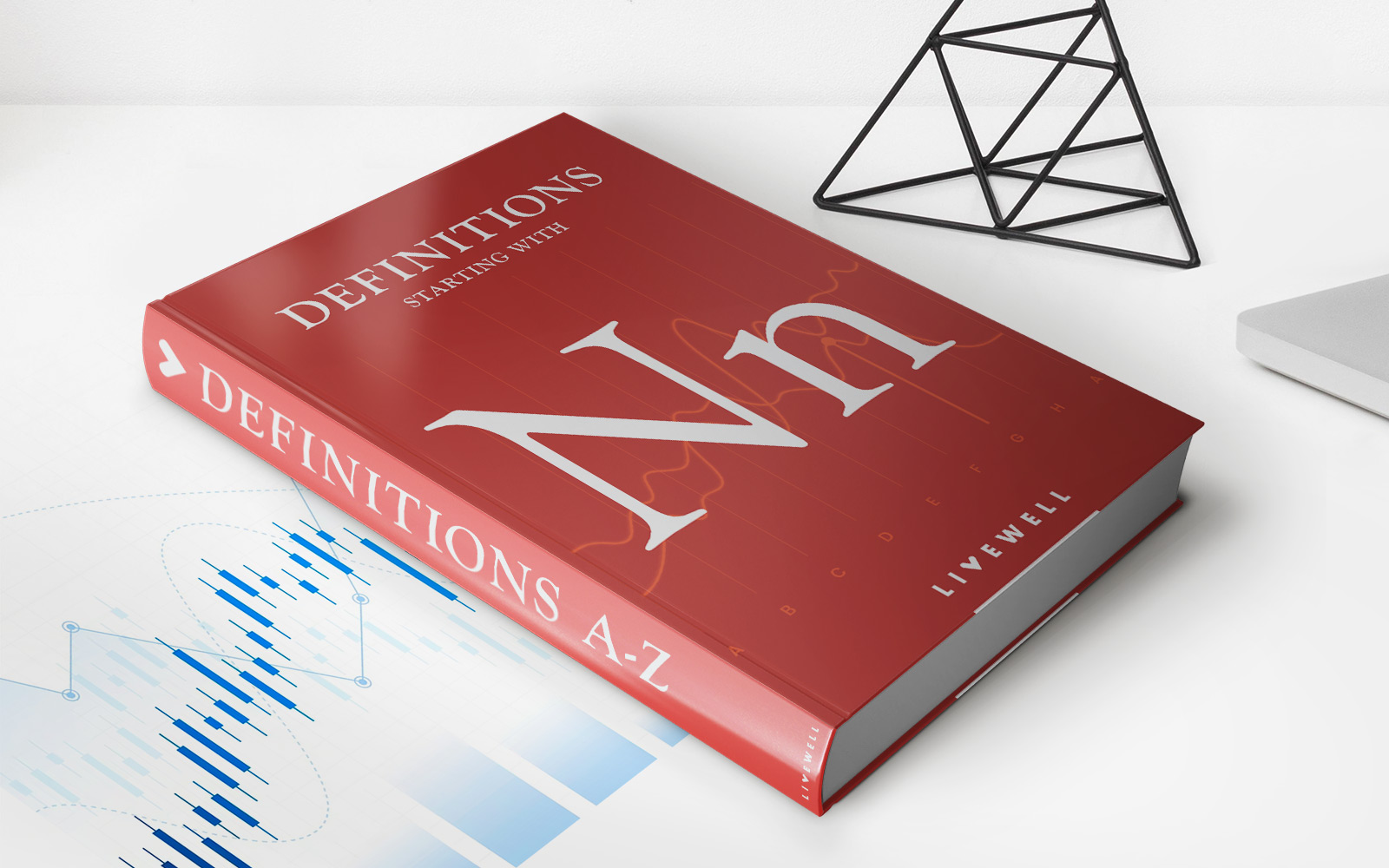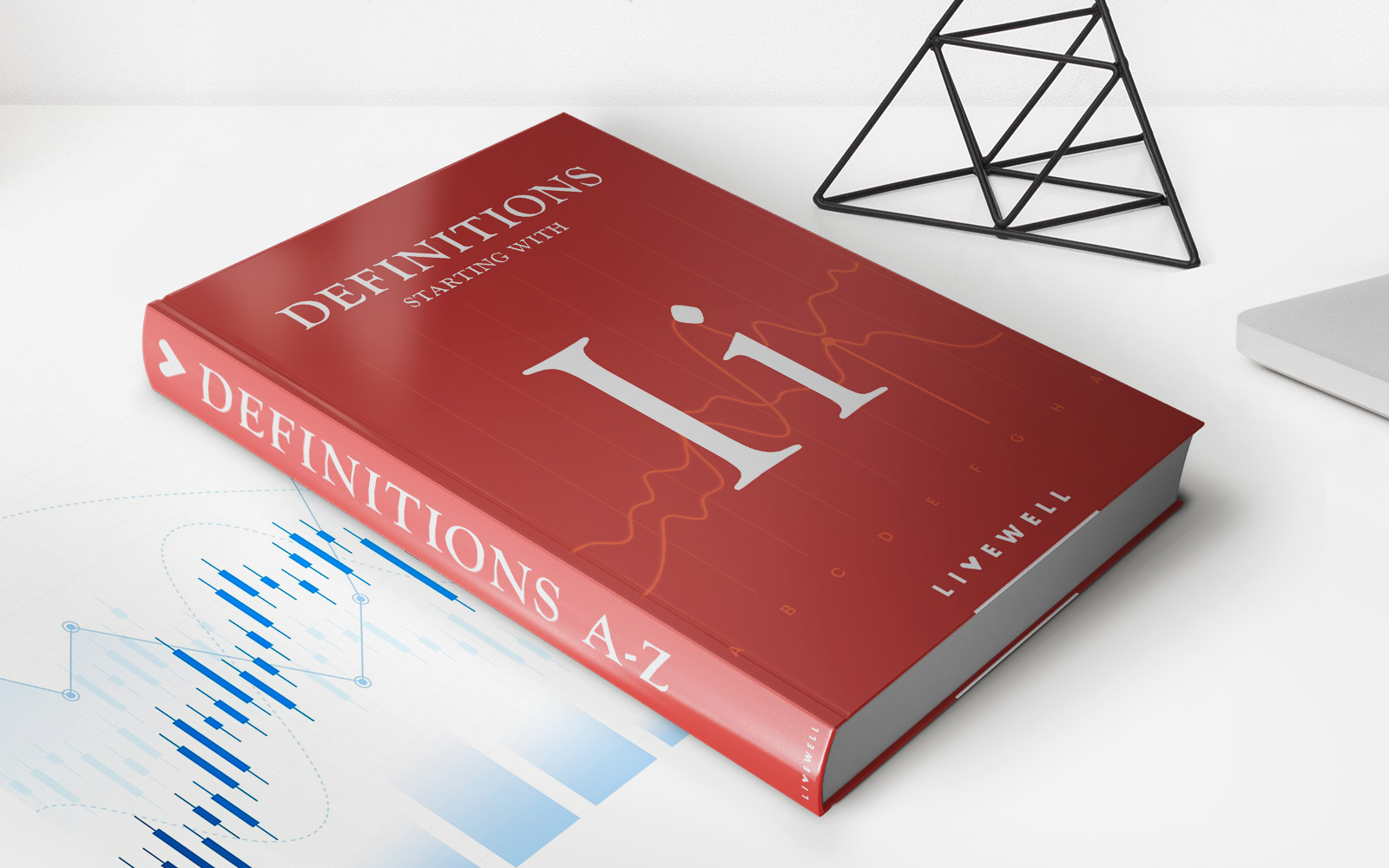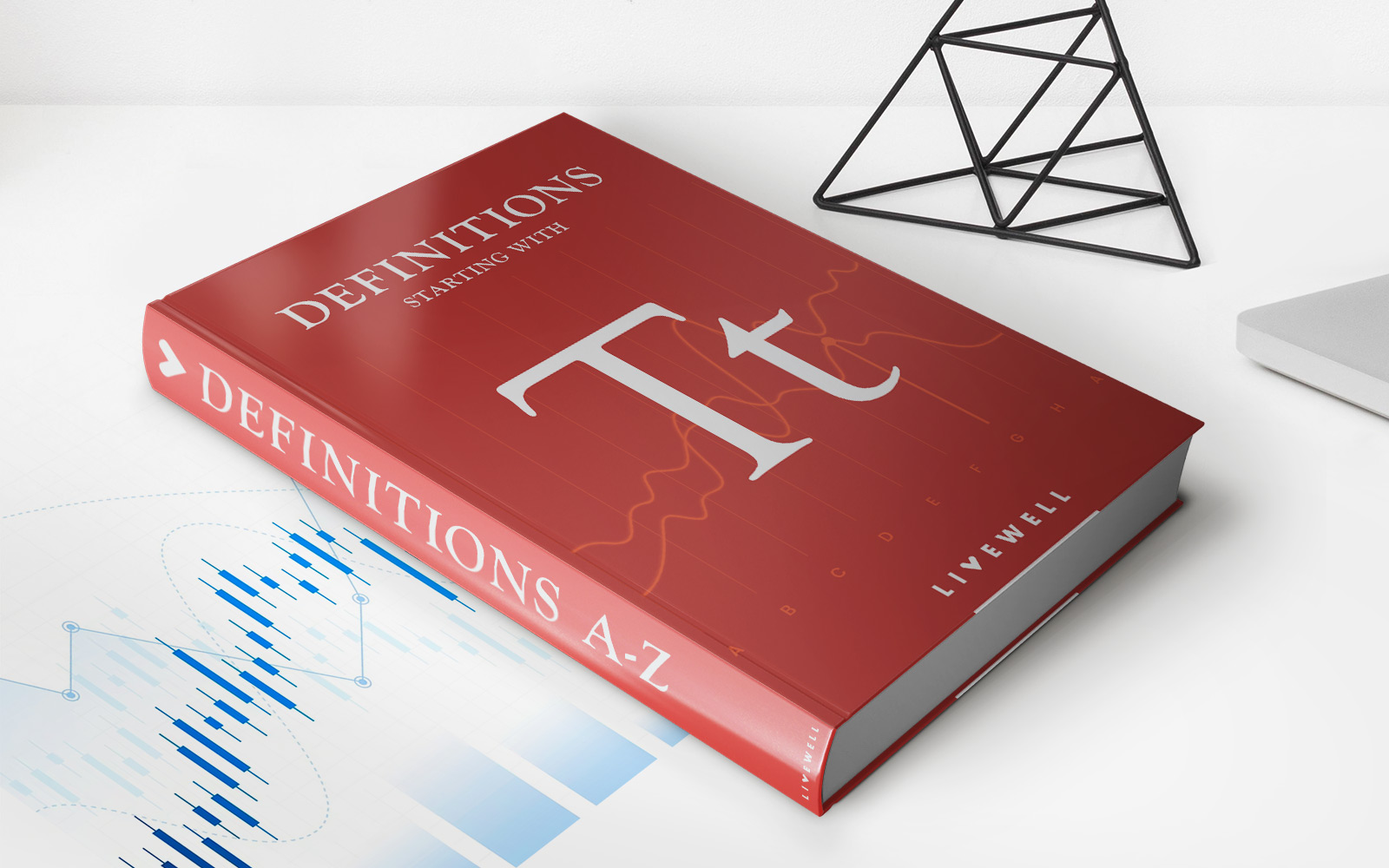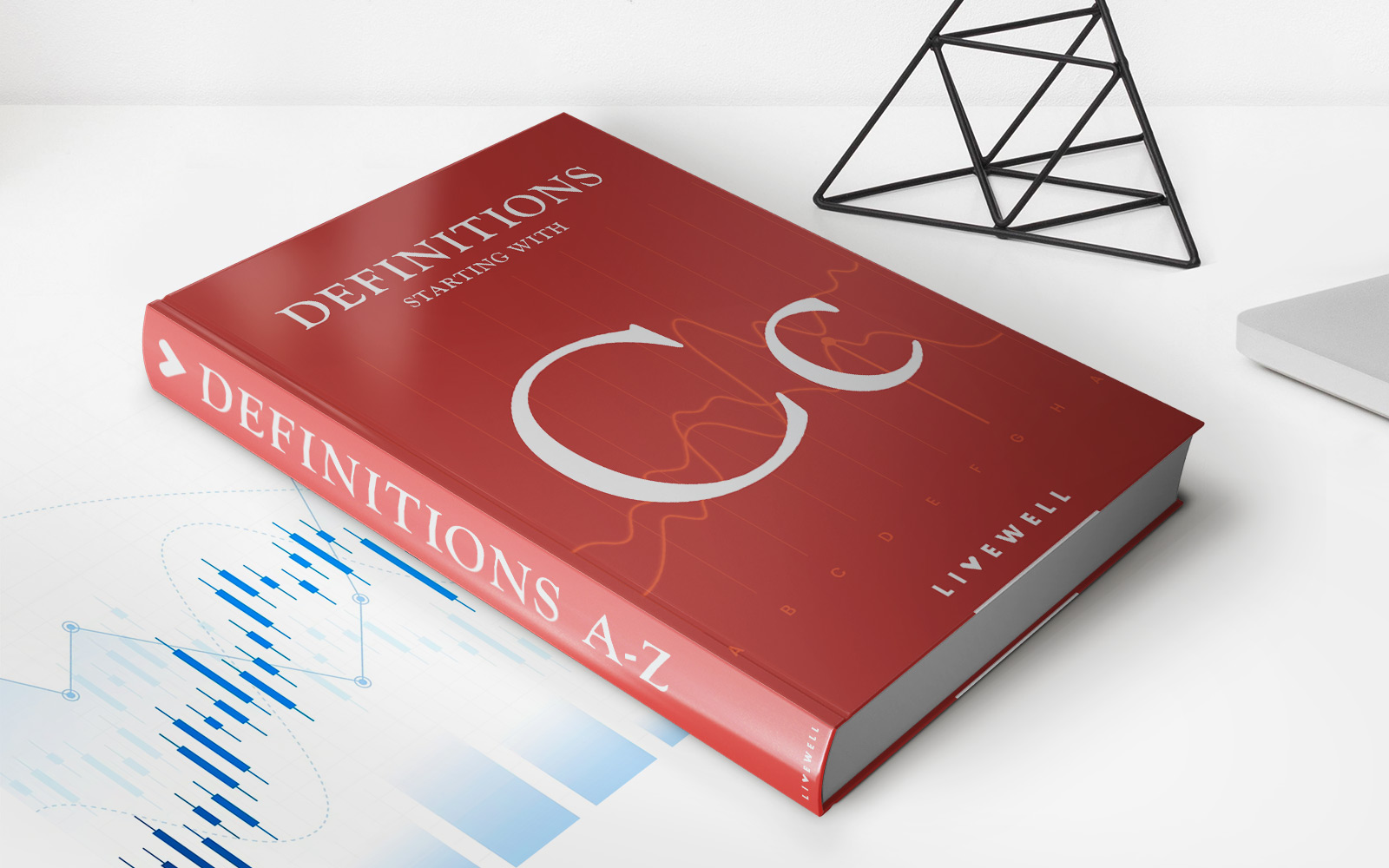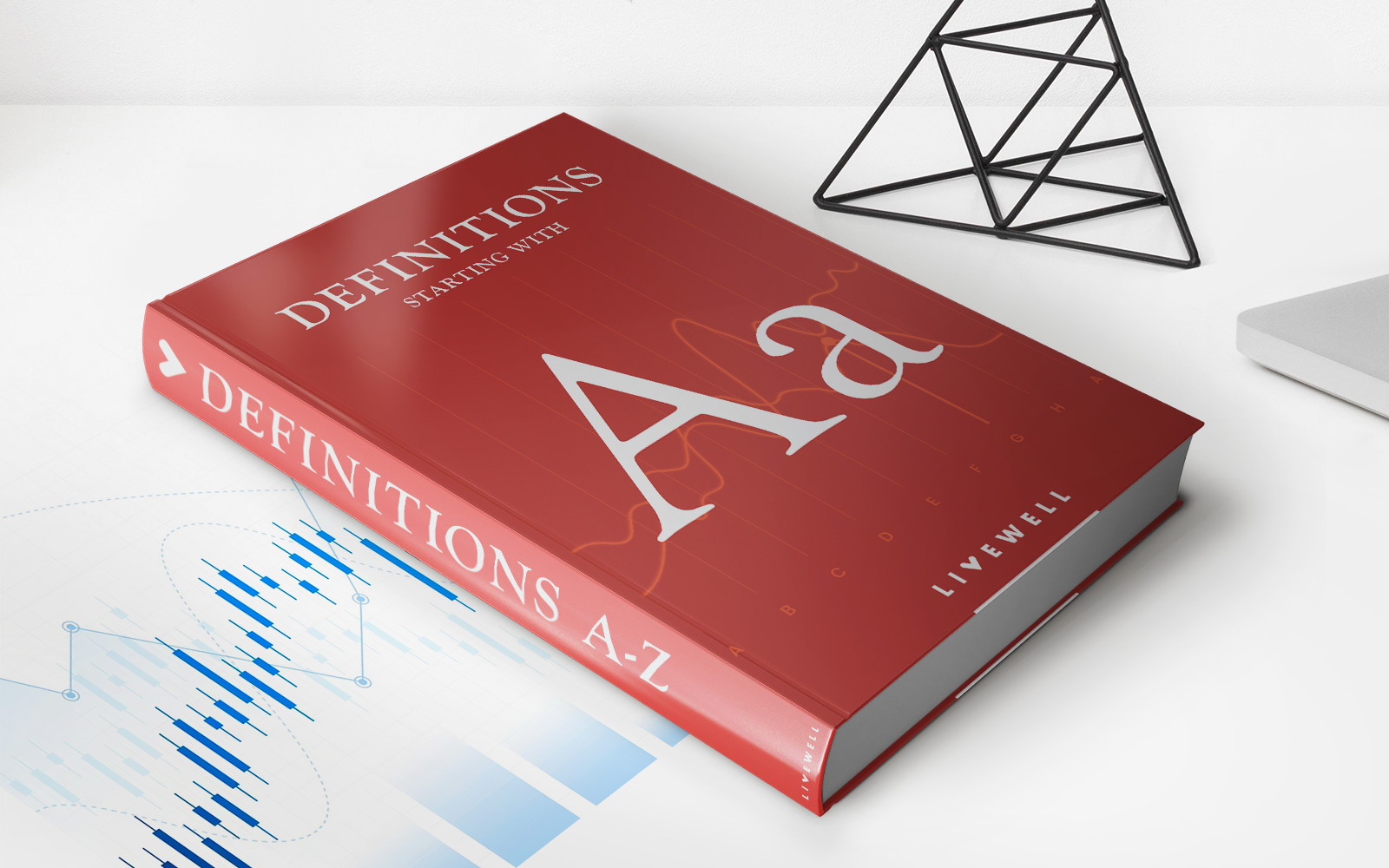Home>Finance>Contraction: Definition, How It Works, Examples, And Stages
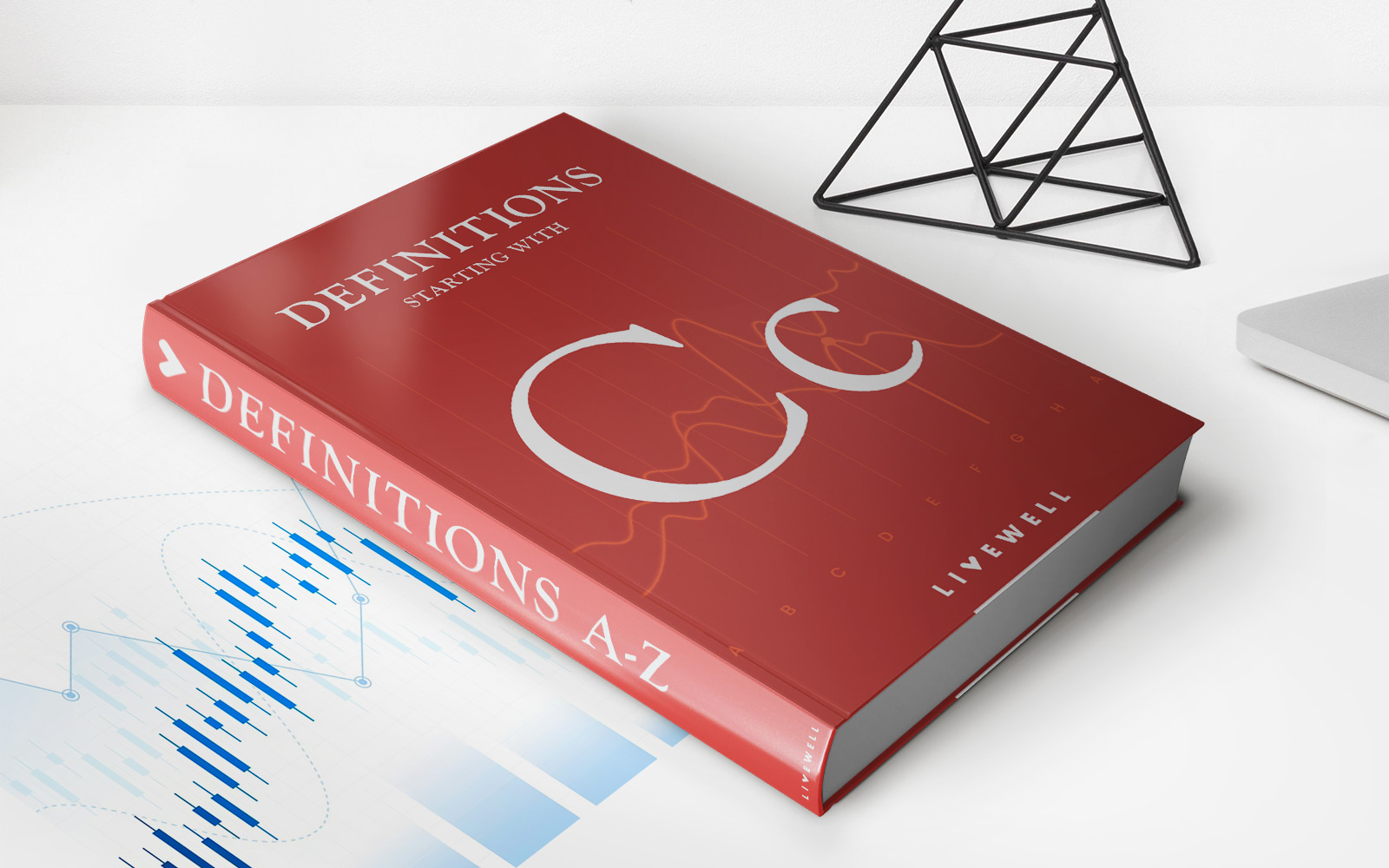

Finance
Contraction: Definition, How It Works, Examples, And Stages
Published: November 2, 2023
Discover the definition and stages of finance contraction, along with examples and how it works. Explore the impact and implications in the world of finance.
(Many of the links in this article redirect to a specific reviewed product. Your purchase of these products through affiliate links helps to generate commission for LiveWell, at no extra cost. Learn more)
Understanding Contraction: Definition, How It Works, Examples, and Stages
Have you ever wondered what exactly happens when a muscle contracts? How does it work? What are the different stages of contraction? In this article, we will dive deep into the world of muscle contractions and explore everything you need to know.
Key Takeaways:
- Contraction is the process by which muscles get shorter and generate force.
- There are three stages of muscle contraction: the latent period, the contraction period, and the relaxation period.
Definition of Contraction
In simple terms, contraction refers to the process in which muscles shorten and generate force. This force allows for movement, allowing us to accomplish various physical activities, from lifting objects to running marathons. Without muscle contractions, motion would be impossible.
During a contraction, a muscle develops tension by exerting a pulling force on the bones it is connected to. This force is responsible for moving our limbs and facilitating various bodily functions.
How Muscle Contraction Works
Muscle contractions are made possible through the interaction of muscle fibers, calcium ions, and ATP (adenosine triphosphate), the energy currency of the human body. Here’s a simplified breakdown of the process:
- 1. Nerve signals: When you decide to move a muscle, your brain sends a nerve signal to the corresponding muscle fibers.
- 2. Calcium release: The nerve signal prompts the release of calcium ions from the sarcoplasmic reticulum, a network of tubes in the muscle fibers.
- 3. Actin-myosin interaction: The released calcium ions bind to the protein complex called troponin, which acts like a switch. This switch then allows the interaction between actin (thin filaments) and myosin (thick filaments) proteins in the muscle fibers.
- 4. Cross-bridge formation: This interaction creates cross-bridges between actin and myosin, generating a pulling force that results in muscle contraction.
- 5. ATP utilization: To sustain the contraction, ATP is continuously broken down to provide energy, allowing the cross-bridges to repeatedly detach and reattach, resulting in repeated muscle contractions.
Examples of Contraction
Contraction is not limited to our voluntary movements like walking or lifting weights. Our body also utilizes contractions for involuntary activities that keep us alive and functioning, such as:
- Heart contractions: The cardiac muscles in our heart contract rhythmically to pump blood throughout the body.
- Respiratory contractions: The diaphragm muscle contracts and relaxes to facilitate breathing.
- Gastrointestinal contractions: Muscles in our digestive system contract to churn food and move it along the digestive tract.
Stages of Contraction
There are three stages that occur during a muscle contraction:
- 1. Latent period: This initial stage occurs when the nerve signal is delivered to the muscle, leading to depolarization. However, no visible muscle movement is observed during this period.
- 2. Contraction period: In this stage, the muscle fibers actively shorten, resulting in visible movement or force production.
- 3. Relaxation period: After the contraction, the muscle fibers return to their original length, allowing the muscle to relax.
These stages of contraction occur in a rapid succession, allowing us to perform a wide range of physical activities efficiently.
In Conclusion
Muscle contraction is a fascinating process that enables us to perform both voluntary and involuntary movements. Understanding how it works and the different stages involved can provide valuable insight into how our bodies function. Whether it’s lifting weights at the gym or the rhythmic contractions of our heart, contractions are the driving forces behind our physical capabilities.
